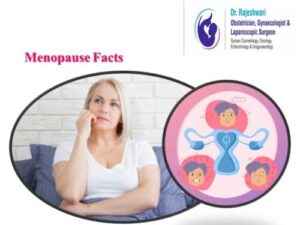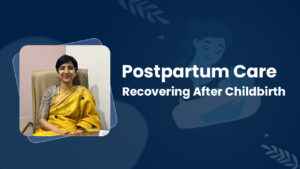Gynecological causes of back pain
Many women report back pain as it seems very common nowadays. Does it mean that being a woman increases the risk of back pain – This is in fact true to a certain extent as some of the causes of back pain are related to conditions specific to women. In general, back pain in women has several causes. Gynecological disorders such as Premenstrual syndrome (PMS), endometriosis, pelvic inflammatory disease, and others can affect women and are associated with lower back pain.
Gynecological Causes of Back Pain
Menstruation and ovulation are often accompanied by lower back problems. Have you ever questioned why your back hurts when your pelvic area is the root of the issue?
The uterus is held in place by ligaments and muscles in your body. The “pelvic muscles” is a structure that supports and holds your uterus, ovaries, and bladder connects to the pelvis and keeps everything running smoothly. There are numerous nerves in addition to these muscles and ligaments. Many nerves link to the lower back. Lower back discomfort in women is commonly caused by uterine contractions during the menstrual cycle. the uterus contracts softly particularly during ovulation and periods as well. Additionally, the nerves in the area detect pain, and because they’re attached to the lower back, your lower back starts to suffer. Fibroids, adenomyosis, cysts, endometrial implants, and even bladder disorders like Interstitial Cystitis can cause lower back pain.
Premenstrual syndrome (PMS)
PMS is a common condition in many women. It usually begins 3 to 4 days before periods with many potential symptoms including severe abdominal cramps and lower back pain. The other symptoms of PMS include bloating, fatigue and headaches.
Premenstrual dysmorphic disorder (PMDD)
This condition is a severe form of PMS as almost all symptoms – such as headaches, abdominal cramps, lower back pain, and other behavioral, emotional, and physical, psychological symptoms are similar. The symptoms may become worse. Many women have trouble working when they have PMDD. Women with a family history of PMDD, mood disorders, and depression are at increased risk for PMDD.
Dysmenorrhea
A painful period (menstruation) is known as dysmenorrhea. The pain due to this condition can be achy, dull or sharp, or shooting pain. It is usually felt in the lower abdomen and back. The pain can radiate to the hips and legs as well. Pain can last for 3 to 4 days.
Endometriosis
Endometriosis is a gynecological condition that primarily affects women. The endometrium is spread outside the womb as a result of this disorder. Endometrium (uterine inner layer) also grows around ovaries, fallopian tubes, and the tissues that line the pelvis. The symptoms include lower abdominal and back pain, severe pelvic pain, and pain before, during, and after menstruation (severe dysmenorrhea). Pain in the pelvis and/or back may become persistent, with flare-ups during menstruation.
Pelvic inflammatory disease
It is an inflammatory condition of the uterus, ovaries, fallopian tubes, and vaginal area caused by sexually transmitted diseases such as gonorrhea or chlamydia. Pelvic pain may become more severe during intercourse. Abscesses can form, resulting in severe pelvic and back pain with a high fever.
Uterine fibroids: Benign uterine growths can cause heavy and/or extended periods, as well as pelvic discomfort described as a dull pressure or pain – which may radiate to the lower back.
Mittelschmerz pain – When an egg is released from an ovary (ovulation), it might cause mild, one-sided pelvic or lower abdominal pain on one side. It is known as Mittelschmerz pain.
Cyst – An ovarian cyst may cause no symptoms at all or one-sided pelvic pain, which is commonly defined as a sudden and severe pain that comes after sex or heavy activity. The pain can sometimes be felt in the lower back as well.
Bottom Line
Women suffer from lower back pain due to many different conditions and underlying factors. If you get lower back pain before the beginning of your periods, in between periods, or after your periods – the cause could be related to your menstruation or other gynecological conditions. In addition, your back pain can also be caused by other health issues such as vertebral fractures, herniated disc, sciatica, or muscle strains. If you are in significant pain, discover that it is interfering with your daily routine, or notice that the pain occurs on a regular basis, please book an appointment to see me. It could be an indication that something is wrong that needs immediate medical care. Always remember that the treatment for your lower back pain depends on the underlying cause. Gynecological causes of back pain need prompt diagnosis and treatment




